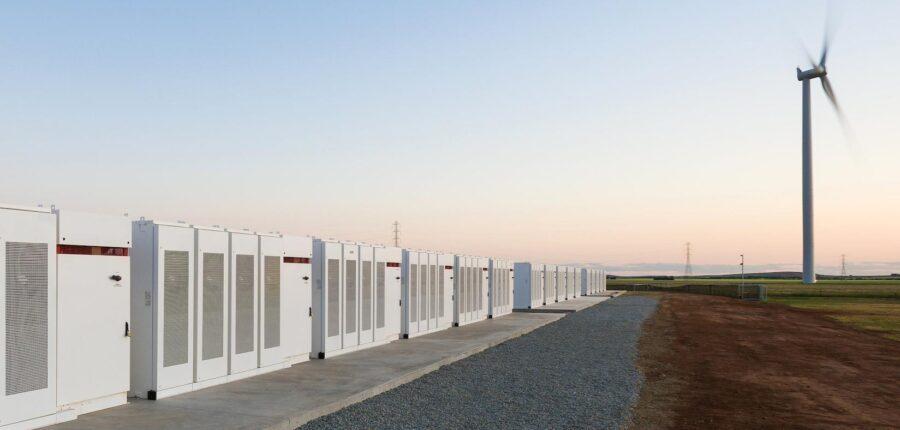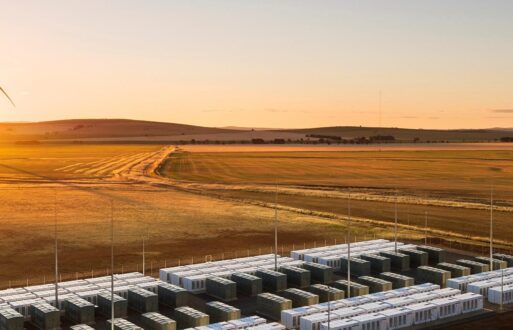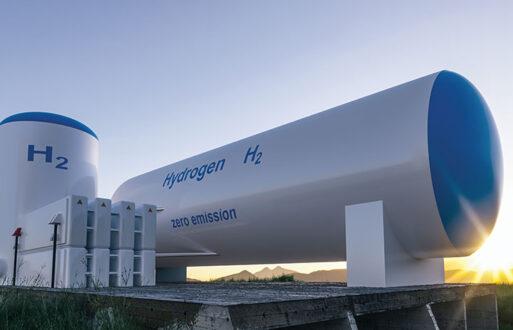Last week, Lawrence Berkeley National Laboratory and the Electric Power Research Institute (EPRI) published new research on the growth in utility-scale hybrid projects. The study’s findings, published in The Electricity Journal, suggest that incremental benefits exist for PV/Battery and wind/Battery “hybrid power plants” versus standalone projects.
Judging by interconnection queues, commercial interest in the generator-battery hybrid model is growing, with a significant amount of capacity entering the queue in 2019.
The economics of hybrid plants ultimately rest on capitalizing opportunities to reduce project costs and increase project market value. Future wholesale market designs will play a central role in defining the value streams of hybrid plants.
Though the researchers drew a general conclusion about incremental benefits, they acknowledge that “more sophisticated techniques are needed to find the optimal bidding strategies for hybrid participation in the wholesale markets.”
According to these respected experts, Market Participation and Scheduling Software will be a key challenge to the ultimate success of hybrid participation in energy markets.

Potential Benefits: Standalone Battery Storage
Before we examine hybrid power plants, let’s recall the potential benefits of standalone battery storage in wholesale markets, which include:
- Bulk Energy Services
- Electric Energy Time-Shift (Arbitrage)
- Electric Supply Capacity
- Ancillary Services
- Regulation
- Spinning, Non-Spinning & Supplemental Reserves
- Voltage Support
- Black Start
- Transmission Infrastructure Services
- Transmission Upgrade Deferral
- Transmission Congestion Relief
Potential Benefits: Hybrid Power Plants
Hybrid participation models are in a nascent phase with FERC, through its Order 841, contemplating only two hybrid project components:
- Variable Renewable Energy (VER)
- Electric Storage Resources (ESR)
Although we don’t yet know (a) what FERC’s official position is going to be regarding hybrid plants, nor (b) what the final design and rules for each market will be, we can still logically anticipate what some of the benefits of hybrid energy storage systems might be. They include:
- Improved output stability for variable renewable energy (e.g., solar and wind).
- “Smoother” output to reduce battery stress and increase life span.
- Increased transmission utilization may reduce overall transmission project costs.
- Greater precision in ramping to the markets versus standalone wind and solar assets. Faster ramping and control equate to increased market participation and opportunity capitalization.
- Better, faster, cheaper adaptations to market design issues versus standalone wind and solar resources.
- Reduced congestion in wholesale markets.
Paradigm Shifts
A paradigm shift is happening regarding the long-established model of fixed-price-for-energy-based revenue streams for wind and solar using Purchase Power Agreements (PPAs). In a 2019 conference paper, NREL concluded that “…objectives are shifting from producing energy at the lowest cost of energy (LCOE) also to include other design objectives that maximize profitability.” These objectives include:
- Time-varying energy pricing
- Service markets
- Capacity

The potential value of hybrid plants depends significantly on where they will be sited.
Gone will be the mentality to simply churn out as many megawatts as possible. Variable Renewable Energy resources will be expected to behave and play like traditional power plants in terms of capacity value, dispatch-ability, ancillary services, and reliability.
The utility-scale battery will be the tool to make this happen, and hybrid facilities will be focused on providing energy at specific times as opposed to merely intermittent output.
Challenges Facing Hybrid Power Plants
There are a number of considerations that will affect the profitability of hybrid power plants. Here are a few:
- Current Investment Tax Credit rules. They will reduce the ability of hybrid energy storage systems to charge from the grid, which may limit optimal operational strategies.
- Regulatory and market design uncertainty.
- Offer parameters will likely need to be updated near real-time to achieve enhanced bidding flexibility.
- The value of hybrid plants will depend significantly on where they are situated. As an example, The Electricity Journal study found that:
- It is $13 to $31 per megawatt higher to locate a plant in California’s combined energy and capacity market.
- It is only $1 to $9 higher in the energy-only Texas power market.
- Accurately modeling multiple, complex operational constraints in a dynamic environment highlighted by evolving market design and rules will require operators to utilize state-of-the-art optimization software.
Enter PCI “GenTrader”
Dr. Fred Lee, Founder and CEO of Power Costs, Inc. (PCI), pioneered numerous breakthroughs and innovations in the area of unit commitment and economic dispatch (UC/ED). He revolutionized generation asset optimization techniques that allowed utility operators to incorporate (for example) fuel constraints, emissions limitations, and the intricacies of hydroelectric generation into the already complex UC/ED equation.
Dr. Lee eventually productized his iconic achievements in a tool called “GenTrader,” which has become the standard for energy portfolio optimization and planning. For almost 30 years, GenTrader’s capabilities have been consistently upgraded to solve increasingly complex optimization challenges associated with new markets and new products.

Optimization engines like PCI’s GenTrader provide tremendous calculation firepower and help speed responding to shifting market conditions in the most revenue-maximizing manner possible.
Offered on the industry-leading PCI platform, GenTrader is the calculation engine that produces comprehensively optimized operational schedules for all of the assets in a portfolio – or in multiple portfolios, irrespective of technology type. Schedules are formulated to achieve the most economic value while meeting all operational and environmental requirements
While hybrid power plants offer several different value streams, some of which may be stacked together, they also add significant complexity to the modeling process. Having a high-powered optimization engine like GenTrader that lives on a larger, multi-solution, integrated solutions platform allows market participants to:
- Model specific operating characteristics of wind and/or a solar plant plus a utility-scale battery.
- Model specific participation requirements of any wholesale RTO/ISO market(s).
- Create co-optimized bidding strategies to realize the full potential of a hybrid plant with low cost and high value to the electric grid system.
- Schedule a hybrid power plant into an RTO/ISO in the most efficient way possible in order to capture maximum value. Note that:
- Sets of strategies can be developed in advance and applied automatically to create a series of bids and offers for consideration in any market’s Day-Ahead (DA) and Real-Time (RT) processes.
GenTrader easily handles all of these tasks while also providing unparalleled flexibility to help accelerate response times when market conditions are shifting quickly. Since hybrid plant owners will need to update their offer parameters in near real time due to individual resources and market characteristics.
Ready to Roll
Solar and wind power stands at the forefront of renewable energy development. On their own, neither is a panacea for our energy and climate change challenges, but collectively, the two complement each other nicely.
While hybrid power plants offer several different value streams, some of which may be stacked together, they also add significant complexity to the modeling process. In order to unlock all of the value represented in a hybrid resource, it will be imperative to deploy a multi-disciplinary software solution that is developed, implemented, enhanced, and supported by a leading supplier with a long track record of success.
PCI’s Platform, powered by GenTrader, can unlock the potential and maximize the value of complex assets. Please contact us if you would like to discuss your hybrid plant project and explore ways that PCI can assist your decision-making process.
Sources:
- “Motivations and options for deploying hybrid generator-plus-battery projects within the bulk power.” – The Electricity Journal
- “Multi-Objective Sizing of Hybrid Energy Storage System for Large-Scale Photovoltaic Power Generation System” – ResearchGate
- “Hybrid Power Plants are Growing Rapidly: Are They a Good Idea?” – Renewables Now
- Lawrence Berkeley National Laboratory
- Electric Power Research Institute








